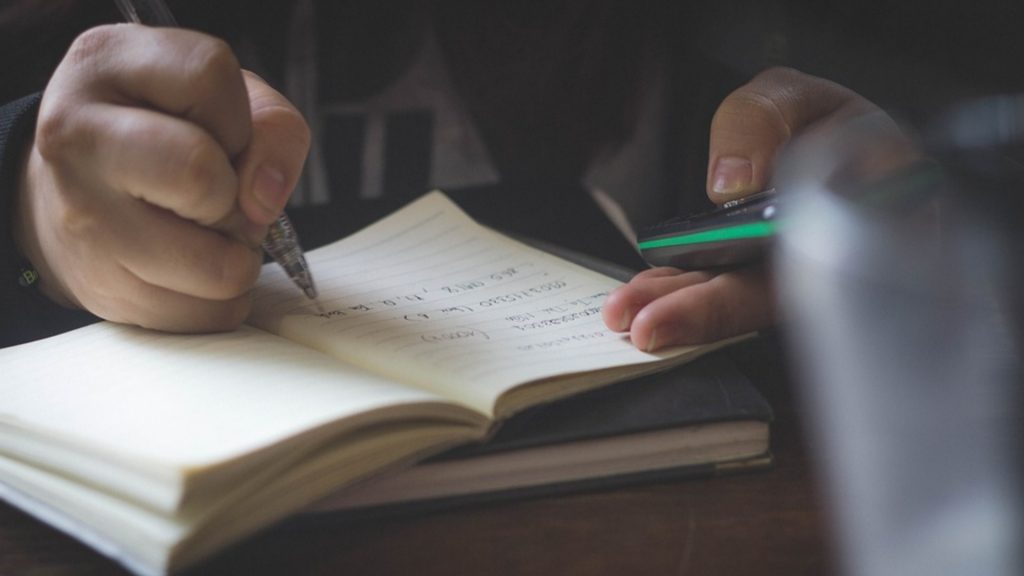There has been a lot of discussion around the #FeesMustFall movement which began in 2015, where students took to the streets to march for free higher education.
In mid-December 2017, the former President of the country Jacob Zuma announced that at the beginning of 2018 free higher education will be provided to all new first year students from families earning less than R350 000 per year.
Earlier this year the Minister of Higher Education and Training Naledi Pandor addressed the media in Cape Town about the update on free education.
“What has changed is that government will support poor and working class students through expanded bursary scheme, which replaces the previous loans and partial bursary scheme,” explained Pandor
The main entity offering free higher education is the National Student Financial Aid Scheme (NSFAS) via fully subsidised government bursaries to qualifying students.
But what do those bursaries actually entail, and are they indeed free?
Who qualifies for this bursary
- You have to be a South African citizen
- The combined annual household income does not exceed R350 000 per year
- You are a South African Social Security Agency (SASSA) grant recipient
- You are registering for the first time for an undergraduate qualification at a public university or TVET college for one of the national certificates or report 191 programme
- You are already registered as a university student with an annual household income of less than R122 000 per year
- You have passed Grade 9 and 10 to receive NSFAS funding to study at TVET college
- You have passed Grade 12 to receive NSFAS funding to study at a university
What does the bursary cover
- Tuition fees (total study fees)
- Registration fees
- Subsidised transport allowance by NSFAS
- Subsidised meal allowance by NSFAS
- Subsidised student accommodation by NSFAS
- Prescribed learning material
Where to apply
- The nearest National Youth Development Agency (NYDA) centre
- Apply on your campus’ at the financial offices
- Apply online and create a NSFAS account
Documentation needed
- South African Identity Document (ID)
- ID of parents or guardian or death certificate where applicable
- Pay advice/ letter of employment/ pension advice stating income
SASSA slips are not required and SASSA should not be included as household income. All documentation should be also be certified and not be older than three months
What the bursary does not cover
While the bursary covers a lot of the financial concerns for students that apply for it, there are a few elements that it does not take care of.
A second year student from a family earning R130 000 per year will not receive the bursary, for example
Furthermore, a first year student from a family who earns R340 000 per year will receive the same support as a student who comes from a family that receives R20 000 per year.
Students who have completed their qualifications through the NSFAS loan will have to stick to their loan agreement. pay back the loan.
Recipients of the bursary will have to complete 80 hours of community service per year, which involves lending assistance to young children at early childhood development centres, assisting in environmental clean ups, visits to old age homes to spend time with the elderly, assisting nursing staff in hospitals and clinics and also do volunteer work in libraries or in community watch programmes.
Learners will not be able to leave the country right after graduation, if they do they will have to pay back the bursary.
The Department of Higher Education and training’s Madikwe Mabotha spoke to Daily Maverick earlier this year about their conditions on free education.
“The conditions were attached to encourage a sense of volunteering and responsibility. We will not place financial burden on students, the conditions are a way of saying how do we make up for the taxpayers’ money,” noted Mabotha.
A waiting game
We will have to wait a few more years to see how free higher education affects the country’s economy and how many students it has helped. Only then will we truly be able to know if it has benefitted students from disadvantaged and low-income households.
[Image CC 0 Pixabay]

